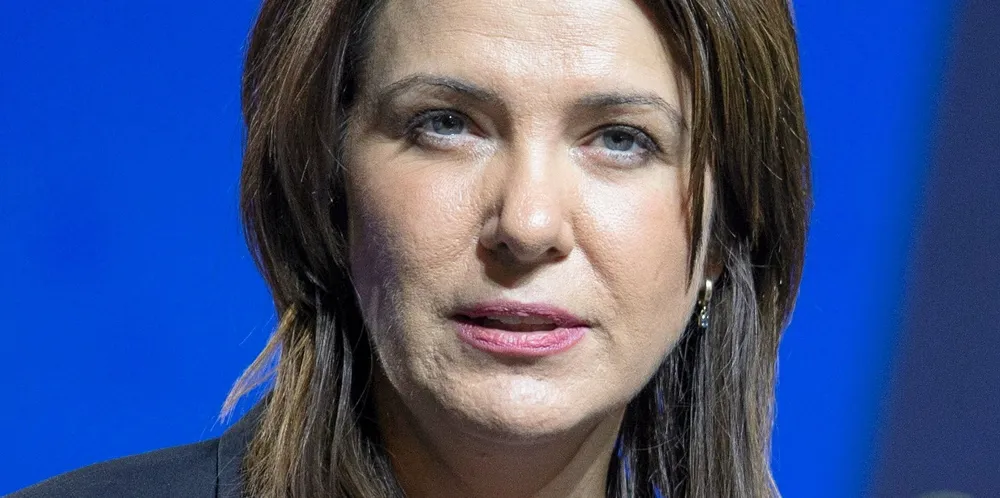Canada’s green dreams in doubt as new rules ‘throttle’ renewables in key province
Alberta’s Premier Danielle Smith has history of hostility toward renewables and has clashed with Prime Minister Justin Trudeau over targets

Alberta’s Premier Danielle Smith has history of hostility toward renewables and has clashed with Prime Minister Justin Trudeau over targets
